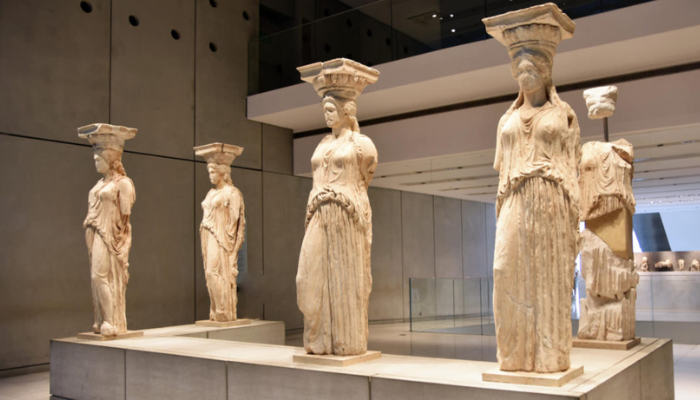7 history museums everyone should visit at least once
History museums preserve the stories of civilisations, leaders, and cultural shifts that shaped the modern world.
From Europe to Asia, Africa to Latin America, several museums stand out for their scale, unique collections, and historical importance. Each holds artefacts that continue to connect people to the past in ways no textbook can.
Here are seven history museums recognised for their global significance according to the collector.
1. British Museum – London, United Kingdom

Founded in 1753, the British Museum became the first national public museum in the world. Today, its collection contains more than eight million objects drawn from all continents. The museum attracts over six million visitors annually.
Its holdings include artefacts from ancient Egypt, Greece, Rome, and Anglo-Saxon England. Among its most notable items are the Rosetta Stone, the Parthenon sculptures, and early Mesopotamian artefacts that provide insight into the origins of writing, law, and governance.
Read also: Accra among world’s top 10 coolest neighbourhoods to explore in 2025
2. Pergamon Museum – Berlin, Germany

Opened in 1930, the Pergamon Museum is renowned for its full-scale reconstructions of ancient monuments. Located on Berlin’s Museum Island, it houses the Ishtar Gate of Babylon, the Market Gate of Miletus, and the Pergamon Altar.
The museum is undergoing major renovations expected to continue until 2027. Once complete, it will reopen with expanded galleries and updated presentations of ancient Greek, Roman, and Middle Eastern architecture.
3. Grand Egyptian Museum – Cairo, Egypt

The Grand Egyptian Museum, located near the Giza pyramids, is set to become the largest archaeological museum in the world. Its official opening is scheduled for late 2025.
The museum will display the entire collection from the tomb of Tutankhamun for the first time. More than 5,000 items belonging to the young pharaoh will be exhibited, alongside thousands of other artefacts spanning Egypt’s dynastic periods. Its scale positions it as a central hub for research and education on ancient Egypt.
Read also: Top 5 cities in Africa with the lowest cost of living in mid-2024
4. Topkapi Palace Museum – Istanbul, Türkiye

For nearly four centuries, Topkapi Palace served as the administrative centre of the Ottoman Empire. Converted into a museum in 1924, it presents court life, political history, and religious heritage through its extensive collections.
Highlights include imperial costumes, weapons, manuscripts, and sacred relics. Visitors can also explore sections of the Harem, once home to the sultan’s family and a key centre of political influence.
5. National Museum of Anthropology – Mexico City, Mexico

Established in 1964, the National Museum of Anthropology remains Mexico’s most visited museum. Its modernist design houses significant artefacts from pre-Columbian civilisations.
The museum’s galleries feature Aztec, Maya, and other Mesoamerican cultures. The iconic Aztec Sun Stone, giant Olmec heads, and full-scale reconstructions of ceremonial temples are among its main attractions. The institution plays a key role in preserving Mexico’s indigenous history and cultural identity.
Read also: 10 African countries struggling with infrastructure and innovation development
6. Acropolis Museum – Athens, Greece

Opened in 2009, the Acropolis Museum was built at the foot of the Acropolis hill to display artefacts from the site. Its design allows direct visual connection to the Parthenon above.
The museum’s Parthenon Gallery replicates the temple’s original layout, allowing sculptures to be viewed in context. Glass floors in parts of the building reveal excavated ruins, linking visitors to Athens’ layered history.
Read also: Only 3 cities in Africa rank among 50 best cities in the world in 2024
7. Museum of Qin Terracotta Warriors and Horses – Xi’an, China

Discovered in 1974, the Terracotta Army is one of the most significant archaeological finds of the 20th century. The museum preserves the thousands of life-sized warriors and horses created to guard the tomb of Qin Shi Huang, China’s first emperor.
Each figure is unique, reflecting individual characteristics believed to represent real soldiers of the Qin dynasty. The museum continues to be a major site of excavation and study.

